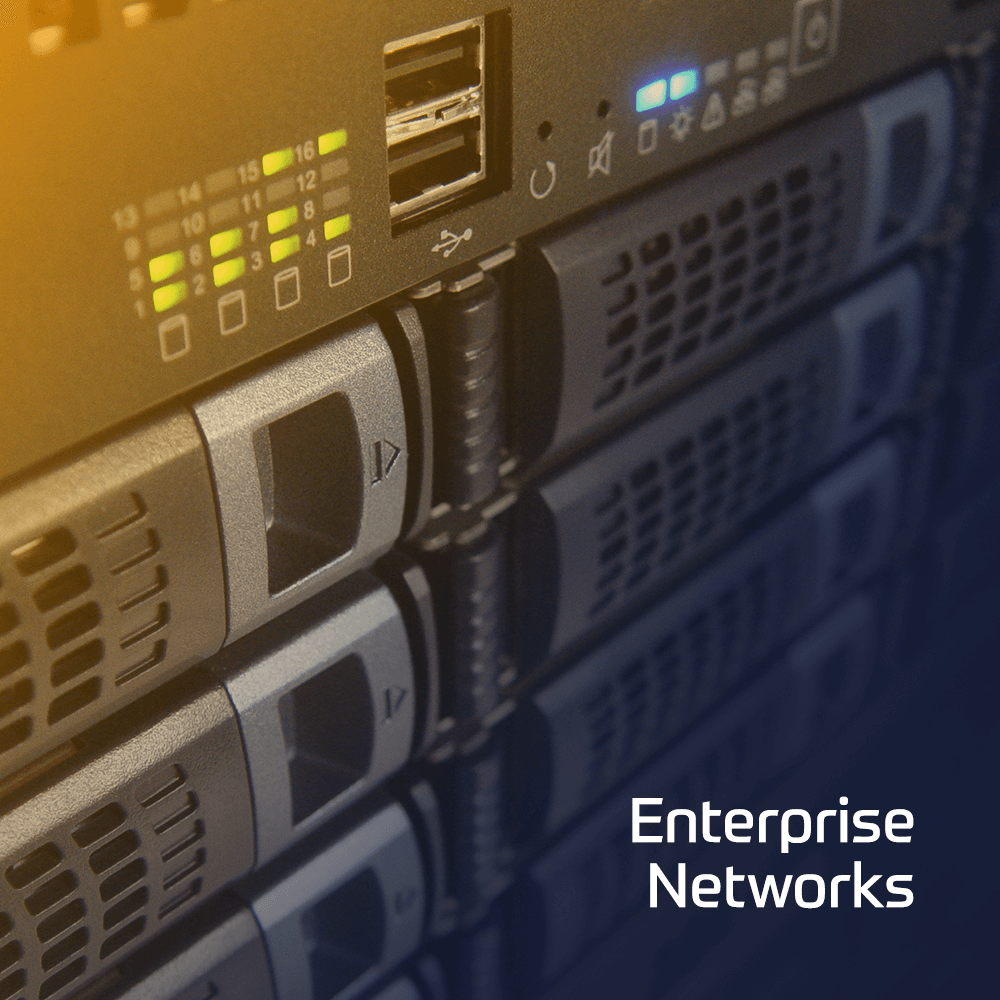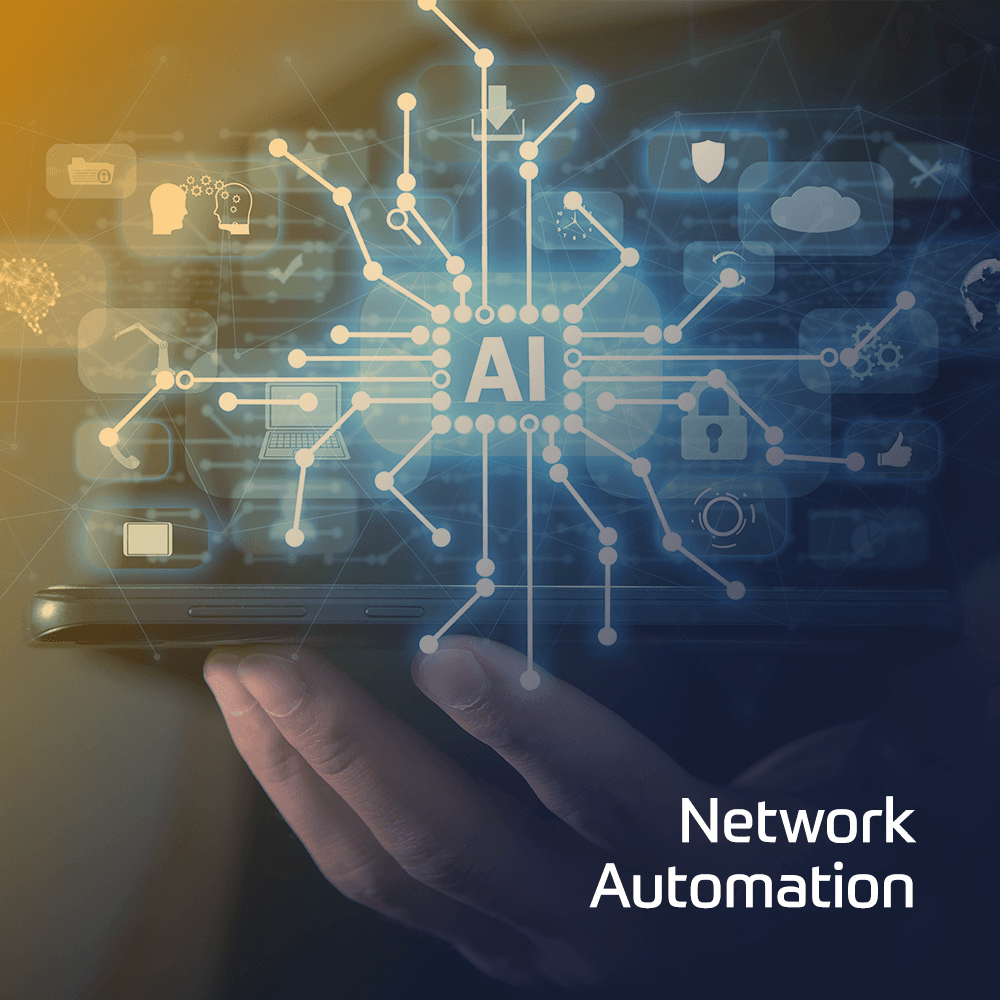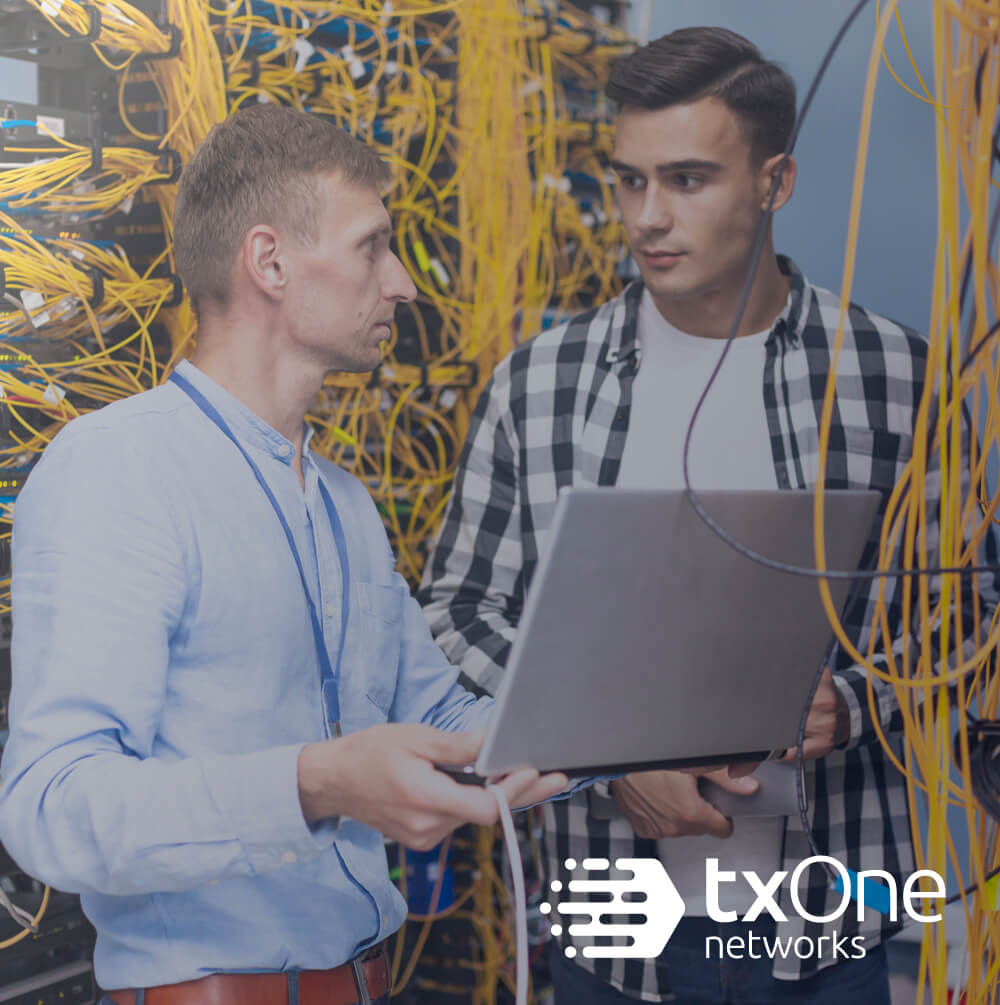The Implementing VMware vSphere on Data ONTAP (IMPVMVS) is a three-day instructor-led course where you will learn how to protect the virtual infrastructure in SAN and NAS environments as well learning how to manage storage at the virtual-machine level.

 Finland
Finland Germany
Germany Denmark
Denmark Sweden
Sweden Italy
Italy Netherlands
Netherlands Norway
Norway 


























 Duration
Duration  Delivery
Delivery  Price
Price